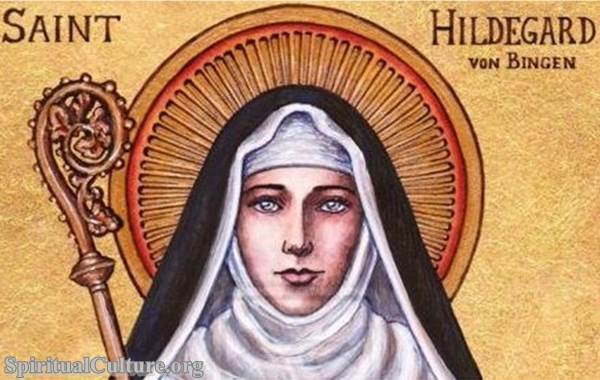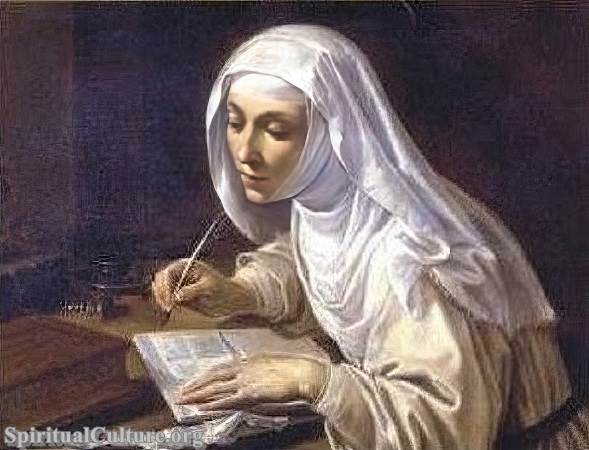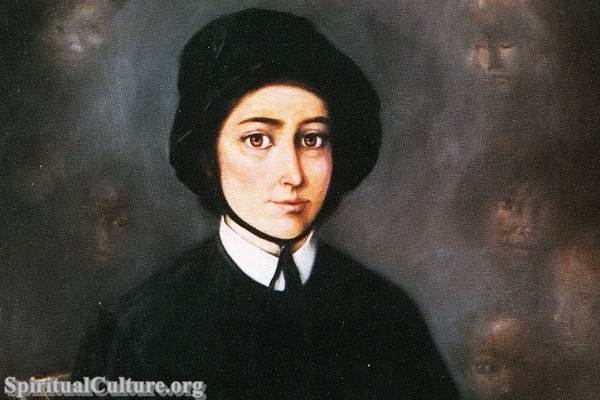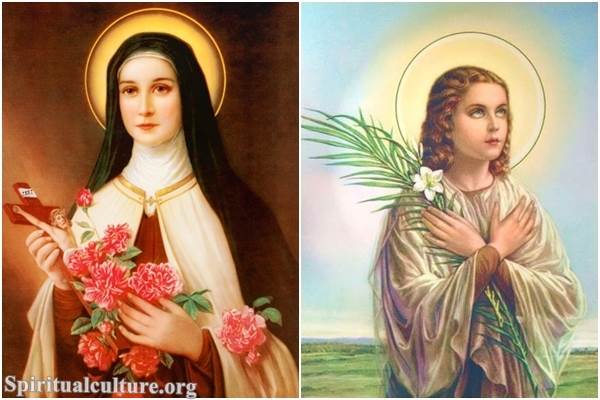Saint Hildegard of Bingen is an intriguing figure in the history of Catholicism. A German Benedictine abbess, composer, philosopher, Christian mystic, visionary, and polymath, Hildegard was a woman of many talents and great influence.
Saint Hildegard of Bingen: A Unique Figure in Catholicism
Born in 1098 in the Rhineland, Saint Hildegard of Bingen was given to the church at a young age. Despite the constraints of her period, she rose to become one of the most influential figures in the Catholic church. Her exceptional contributions to the fields of religion, music, natural science, and philosophy have made her a subject of great interest and respect in Catholic circles and beyond.
Hildegard’s accomplishments are particularly remarkable as a woman of the medieval era. She was an abbess who led a vibrant community of nuns, a gifted composer who wrote sacred music, and a mystic who experienced divine visions. She was also an accomplished herbalist and early proponent of natural medicine, a writer, and a theologian who corresponded with popes, emperors, and other prominent figures of her time.
Catholicism and the Visions of Saint Hildegard of Bingen
Saint Hildegard of Bingen is perhaps best known for her visionary theology. From a young age, she experienced visions, which she believed were messages from God. These visions became the foundation of her spiritual teachings and writings, influencing many aspects of Catholicism.

St. Hildegard of Bingen
Hildegard’s visions were documented in her three major works: “Scivias,” “Liber Vitae Meritorum,” and “Liber Divinorum Operum.” These works contain descriptions of her visions and their interpretations, providing unique insights into medieval Catholic thought. She wrote about the universe as an egg, divine wisdom, human salvation, and the relationship between God and humanity.
Saint Hildegard also made significant contributions to Catholic liturgy by composing music and writing hymns, antiphons, and sequences. Her music is still performed today, celebrated for its complexity and expressiveness.
Catholic Recognition of Saint Hildegard of Bingen
Despite her significant contributions, it took centuries for the Catholic Church to recognize Saint Hildegard of Bingen officially. It was not until 2012 that Pope Benedict XVI declared her a Doctor of the Church, a title given to saints recognized for their significant contribution to theology or doctrine. She is one of only four women to hold this prestigious title.
The recognition of Saint Hildegard as a Doctor of the Church was a significant moment in Catholic history. It validated her contributions to theology, music, and natural science and acknowledged her status as a leading figure in the development of Christian thought.
Saint Hildegard of Bingen: A Beacon for Modern Catholics
In the present day, Saint Hildegard of Bingen continues to inspire Catholics around the world. Her teachings on the interconnectedness of all creation and the divine essence in every living being resonate with many modern believers. Her holistic approach to health, emphasizing the connection between body, mind, and spirit, also aligns with contemporary understandings of wellness.
In a world where women’s contributions are often overlooked, Saint Hildegard is a powerful example of female leadership within the church. Her life and works serve as a reminder of the significant role women have played and continue to play in the development of Catholicism.
In conclusion, Saint Hildegard of Bingen is a key figure in the history of Catholicism. Her visionary theology, musical compositions, and holistic approach to health have impacted the church. As a woman who defied societal norms to become a respected leader and scholar, she is an inspiring figure for modern believers. Her life and works continue to resonate, offering timeless wisdom and insight to Catholics around the world.





